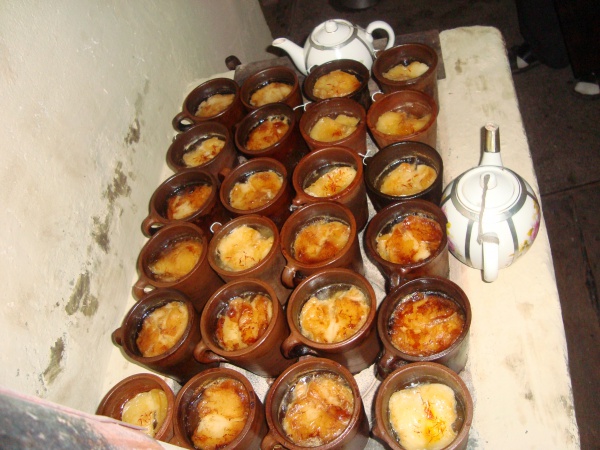Facts About Piti
Piti is a cherished traditional soup from Azerbaijan, savored throughout the Caucasus, Central Asia, and adjacent regions. This substantial dish features mutton and vegetables, slow-cooked in individual earthenware crocks in the oven. A splash of saffron water is added to enhance its flavor and color, while a dollop of fat is included for richness. The soup is served directly from the crock, often with an extra plate to separate the meat and vegetables from the broth, allowing them to be enjoyed as distinct courses.
In Iran, a similar dish is known as abgoosht or dizi. The name "piti" originates from the Turkic word "bitdi" which means the end of hunger, signifying a meal that leaves one fully satisfied.
Traditionally, piti is prepared in earthenware pots and has numerous regional variations. The key to an excellent piti lies in its long, slow cooking process. In Azerbaijani piti, essential ingredients include mutton, tail fat, chickpeas, potatoes, onions, dried alycha (a type of plum), and saffron. Sumac powder is often served on the side for an added burst of flavor.
In Azerbaijan, eating piti is a two-step ritual. First, bread is crumbled onto a plate, sprinkled with spices, and soaked in the broth to create a flavorful soup. Next, the solid ingredients—mutton fat, meat, and vegetables—are mixed with more bread and spices before being consumed.
The Shaki region of Azerbaijan is renowned for its distinctive version of piti, which uses chestnuts instead of potatoes. Shaki piti is traditionally cooked in an earthenware pot called a "dopu" and is simmered for an impressive 8-9 hours to achieve its unique taste and texture.

 Turkey
Turkey